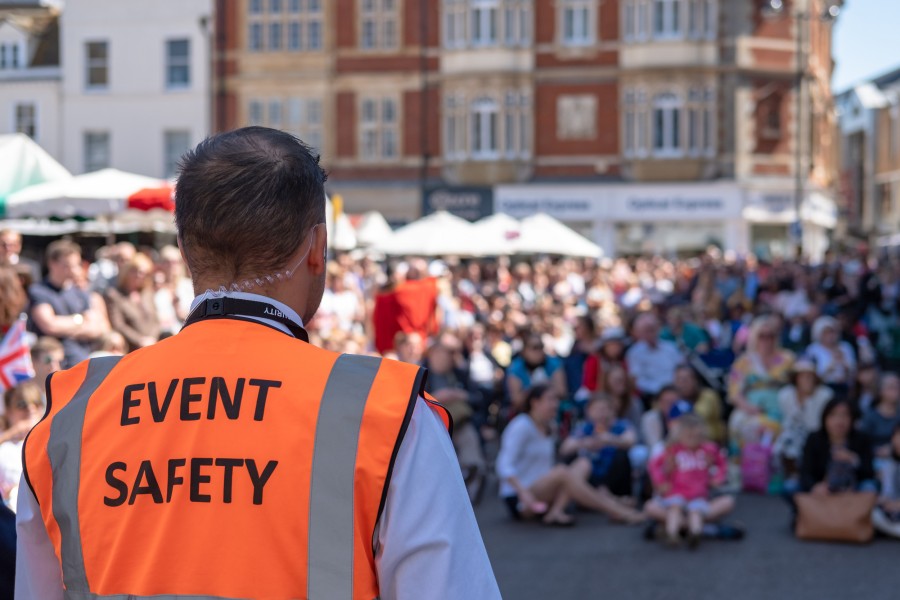Introduction
Events bring people together, fostering a sense of community, celebration, and shared experiences. However, ensuring the safety and well-being of attendees is paramount to creating successful events. In this article, we will delve into the essential aspects of crowd management and event safety, exploring key strategies and best practices to ensure smooth operations and safeguard attendees.
– Understanding Crowd Dynamics – Crowd dynamics are complex, and an understanding of how crowds behave is crucial in managing events safely. Factors such as crowd density, movement patterns, and emotional states play a significant role. By analyzing and predicting crowd behavior, organizers can proactively implement appropriate safety measures.
Planning and Risk Assessment – Thorough planning and comprehensive risk assessment are the foundations of event safety. Factors to consider may include weather conditions, venue capacity, crowd demographics, emergency response capabilities, and the presence of any specific risks associated with the event type.
– Communication and Coordination – Clear and effective communication channels are essential for successful crowd management.Two-way radios, public address systems, and mobile messaging apps can facilitate rapid information dissemination & coordination during emergencies.
– Entrance and Exit Strategies – Efficient ingress and egress procedures are critical to managing crowds safely. Organizers should establish well-defined entrance and exit points, ensuring they are adequately staffed and clearly marked.
Physical Barriers and Signage – Deploying physical barriers, such as fences, barricades, and stanchions, can help guide crowd flow, control access, and delineate restricted areas.
– Staff Training and Deployment – A well-trained and vigilant event staff is a cornerstone of crowd management and event safety. Staff members should be trained in emergency response procedures, crowd control techniques, conflict resolution, and customer service.
– Emergency Response and Evacuation – Preparing for emergencies is essential. Event organizers should develop comprehensive emergency response plans that are tested prior. Collaboration with local authorities and emergency services enhances the response capabilities and ensures a coordinated effort in times of crisis.
– Continuous Monitoring and Adaptation – Effective crowd management and event safety require constant monitoring and adaptation. Organizers should utilize technology, such as CCTV cameras, crowd monitoring systems, and social media listening tools, to assess crowd behavior, identify potential risks, and respond proactively to emerging situations.
Conclusion
Crowd management and event safety are essential components of successful and memorable events. Understanding and implementing the above helps create secure environments where attendees can fully enjoy enriching experiences.

